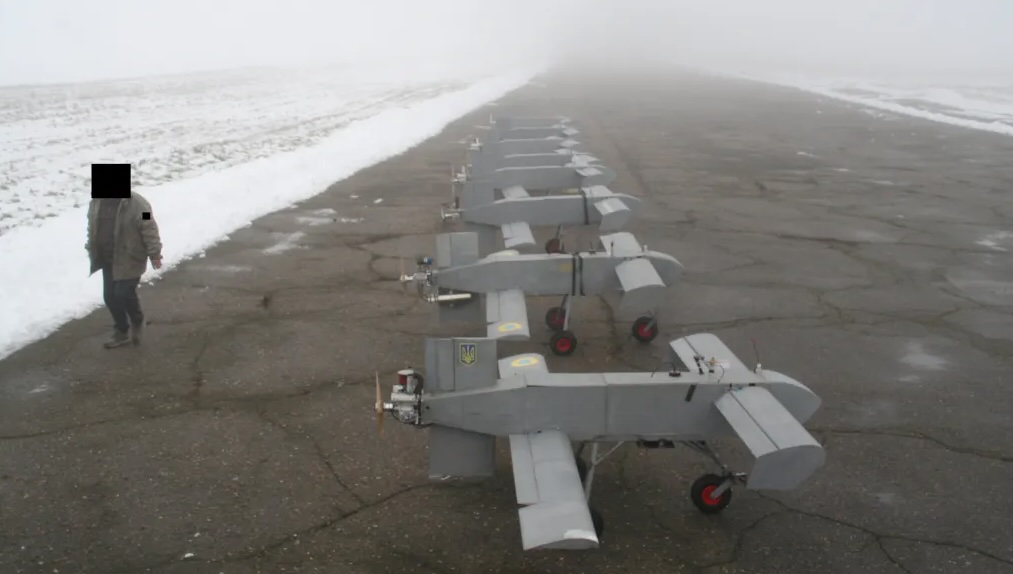
Ukraine has continued its drone strikes on targets deep inside Russia, with new attacks seeking to seriously hobble the oil refinery assets Moscow relies on to generate funds for its two-year old invasion, as well as UAV production factories.
On Tuesday, a drone from Ukraine struck an oil installation in Tartarstan, nearly 750 miles east of the nations’ shared border. A separate UAV targeted a factory widely reported as mass producing Russian domestic versions of Iran-produced Shaheed loitering munitions that Moscow has pummeled its western neighbor with over the past year.
That display of aerial reach deep inside Russia came just hours after Ukraine deputy prime minister and minister of digital transformation Mykhailo Fedorov noted development of the nation’s drones have left many with “a range of 700 to 1,000 kilometers… (and some) can fly more than 1,000 kilometers.”
The military drone factory struck in Tartarstan is located over 1,260 kilometers from Ukraine territory. The Taftnet oil refinery – Russia’s third-largest, producing about 155,000 barrels of crude per day – is positioned over 1,300 kilometers away.
Oil industry experts estimate about 15% of Russia’s oil production capacity has been destroyed by drones from Ukraine thus far.
All drones used by Ukraine to take Moscow’s unilaterally launched war back into Russian territory are domestically produced. Some are being developed and built by foreigner tech experts aiding the nation’s defense.
Those include startup Terminal Autonomy, which pivoted its initial focus on producing first-person drones for Ukraine’s fighters to UAVs capable of far longer flight. The objective behind that is to strike Russia’s oil production financing capacities.
“Terminal Autonomy’s decision to shift to long-range loitering munitions is strategically designed to break the back of Russian industry and energy networks, and to overwhelm the Russian war machine,” CEO Francisco Serra-Martins explained in an email to DroneDJ in December. “These munitions serve as a deliberate means to disrupt vital sectors of their supply chain, creating substantial disruptions that undermine their operational capabilities. This calculated approach aims to significantly weaken critical components of their economy and military.”
The Terminal Autonomy drones’ navigation and visualization tech is a mixture of sensors and communication systems that – while operationally effective and largely resistant to jamming – only raise the UAV’s final cost to a reported $30,000. As such, those comparatively inexpensive AQ 400 Scythe drones represent Ukraine’s long-in-coming answer to Russia’s Iran-supplied Shaheed loitering munitions – and then some.
Capable of traveling up to 900 kilometers with lighter payload and engine options, Terminal Autonomy’s attack drone is matching its Iranian counterpart with cruising speeds of 140 kph and maximum velocity of 200 kph. Once thrust aloft by rocket launchers, catapults, or on their own power like airplanes, AQ400 Scythes can fly at altitudes up to 10,000 feet, requiring Russian forces to use expensive munitions in order to reach (and, possibly, strike) the far less expensive craft. Even those hit, Serra-Martins notes, will have forced Russia to use far costlier and limited munitions reserves.
FTC: We use income earning auto affiliate links. More.



Comments